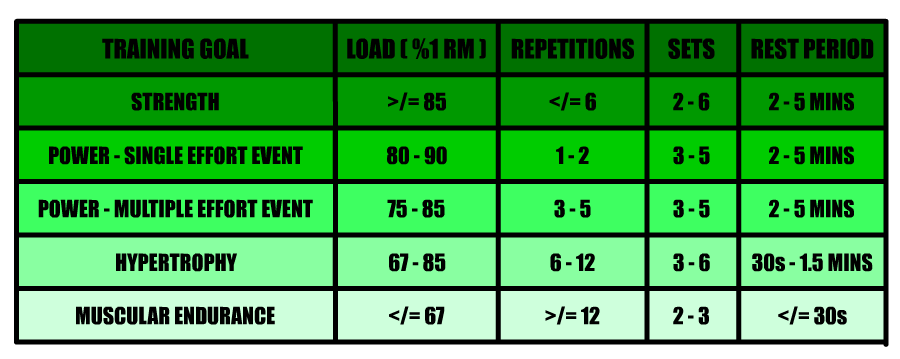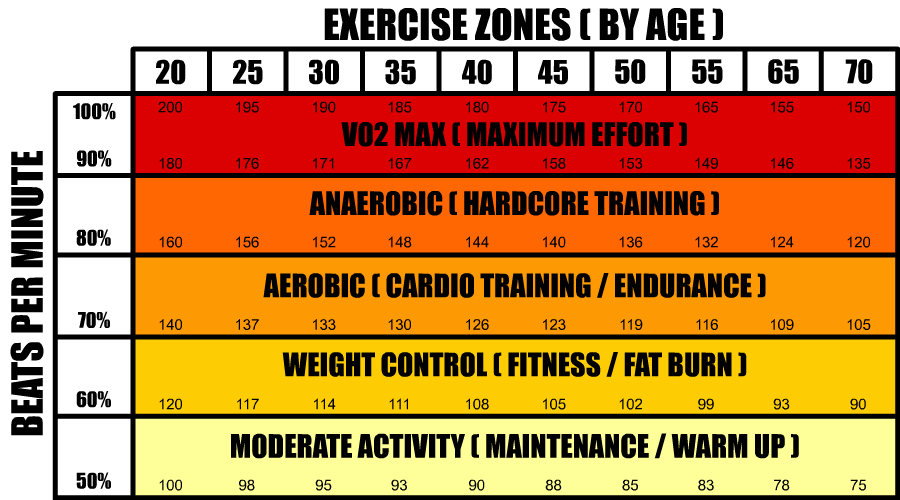
STRENGTH TRAINING BASICS
The billions of cells in our body come together to create the major organ systems responsible for bodily functions.
| System | Function | Organs |
|---|---|---|
| Skeletal |
|
|
| Muscular |
|
|
| Nervous |
|
|
Takeaway: Almost all system functions are interrelated. For example - the nervous system sends a signal to the muscles which in turn contract to move the skeleton.
Microscopic Level: Repeated muscle contractions cause tears in protein fibers which increase in thickness over time.
Macroscopic Level: Long story short - Repetition, Repetition, Repetition. Physical activity is non-negotiable! Humans were made to move, plain and simple. Of course, the gym isn't the only way to stay active. There are tons of alternatives - sports, dance, swimming, etc.
Goal Based Training: The baseline recommendation for body maintenance is at least 150 minutes a week of moderate-intensity physical activity. For muscles, a strategy should always be informed by the desired goal. The general strategies are listed below:

Strength: The force generated by a single muscle
Power: The amount of force applied over a period of time
Hypertrophy: Increase in a size of muscles
Endurance: The ability to maintain strength of a contraction over time
- Improved cardiorespiratory and muscular fitness
- Improved bone health and density
- Lower risk of coronary heart disease and stroke
- Lower risk of injury
- Reduced symptoms of depression
- Better cognitive function
- Improved sleep quality
- Reduced body fat
- Boosts confidence
- Strengthens immune system
CARDIORESPIRATORY TRAINING BASICS
In relation to cardio, there are other bodily systems worth highlighting.
| System | Function | Organs |
|---|---|---|
| Respiratory |
|
|
| Cardiovascular |
|
|
Takeaway: Once again, the systems work together. The respiratory system brings in new oxygen and removes waste products while the cardiovascular systems circulates the oxygen and nutrients throughout the body via blood streams
Microscopic Level: Long story short - Lung capacity increase which leads to more oxygen intake. Better heart muscle contractions improve blood flow.
Macroscopic Level: Similar to strength training. Movement! Walk, Run, Jog, Dance, Skip, Rollerskate, etc. Whatever gets the blood flowing
Goal Based Training: The CDC recommendation is 10,000 steps (approx. 4 miles) per day but even just 1 mile a day really helps! Below gives a more detailed description of running zones based on age and goal.

VO2 Max: The volume of oxygen your body uses while exercising as hard as you can.
Aerobic Exercise: Meaning ‘with air’ and refers to the body producing energy with the use of oxygen. This typically involves any exercise that lasts longer than two minutes in duration.
Anaerobic Exercise: Meaning ‘without air’ and refers to the body producing energy without oxygen. This is typically exercise that is performed at a higher intensity.
- Improved cardiorespiratory and muscular fitness
- Lower risk of coronary heart disease
- Lowers blood pressure
- Contributes to healthy weight
- Better cognitive function
- Improved sleep quality
Copyright © 2020-2022 GLY LLC
All rights reserved.